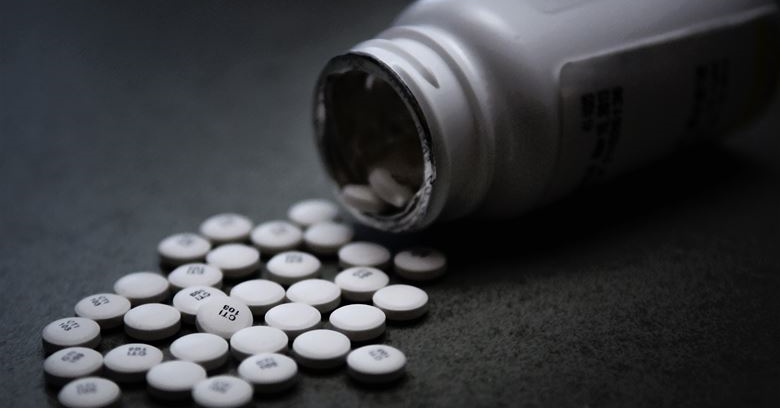Editor’s note: This is part of an ongoing series highlighting the local impact of Trump’s policies in key counties in MI, PA, WI, and FL.
Beginning in the 1990s, pharmaceutical companies — such as Purdue Pharma — assured doctors, patients and families that their new medication to relieve pain was non-addictive.
They lied.
Since the 90s, over-prescribed opioids, such as OxyContin and Vicodin, have flooded American households, taking hundreds of thousands of lives by overdose and fueling a public health crisis across the country. And recently, in regions like Calhoun County, Michigan, the opioid epidemic has taken a turn for the worse, leaving some to argue that not enough is being done at the federal level to address the crisis.
Between 2015 and 2017, Calhoun County experienced a dramatic, 400 percent spike in fentanyl-related overdose deaths. In 2017, Calhoun County’s opioid prescription rate was 72% higher than the national average.
Fentanyl is a synthetic opioid that looks identical to heroin but is many times more potent. Heroin is often laced with the synthetic, leading unsuspecting users to overdose.
In total, over 47,000 Americans died of an overdose involving opioids in 2017. Preliminary data released by the Centers for Disease Control and Prevention this month indicate that, while overall drug overdose deaths declined about 5 percent last year, fentanyl-related deaths continued to rise.
“Prioritizing treatment for opioid addiction is essential to reversing the tide of opioid-related deaths,” Calhoun County Medical Director Dr. William Neddleton said to the Battle Creek Enquirer. “Addiction is not a moral defect. It is a long-term, relapsing and all-too-often deadly disease of the brain that affects not only the lives of addicted individuals but their families and relationships as well.”
The escalating crisis, particularly in pockets of the Midwest, is leaving some to question whether or not the Trump Administration is taking the situation seriously and providing necessary resources to combat the epidemic.
Since his election, Trump has frequently touted his success in fighting the crisis, citing “results that are unbelievable,” but his record is at best checkered with controversy and half-measures. The Trump Administration has not committed to extending grants to address the crisis – $3.3 billion approved with bipartisan support – past next year.
After assuming office, instead of declaring the opioid epidemic a “national emergency,” Trump declared the crisis a “public health emergency” — a move that does not provide any additional funding to combat it.
The president later appointed a 24-year-old with no drug policy experience to help lead the Office of National Drug Control Policy (ONDCP), which coordinates the federal government’s anti-drug initiatives, and repeatedly attempted to cut the office’s funding by 95%.
Trump also nominated Rep. Tom Marino (R-Pa.) to lead the ONDCP, who received a hefty $100,000 in campaign contributions from the pharmaceutical industry during his time in Congress. Marino was later forced to withdraw from consideration after a damaging report about legislation he sponsored that “helped pump more painkillers into parts of the country that were already in the middle of the opioid crisis.”
Cheryl Rudd, a Calhoun County resident, lost a child to an overdose in 2016. And with no additional support coming from the Trump Administration, many residents, such as Rudd, are left to fight the crisis on their own.
“I pray that nobody has to witness their own child having a heroin overdose,” Rudd previously said to WWMT West Michigan. “’We’re not going to stand for this no more.”

